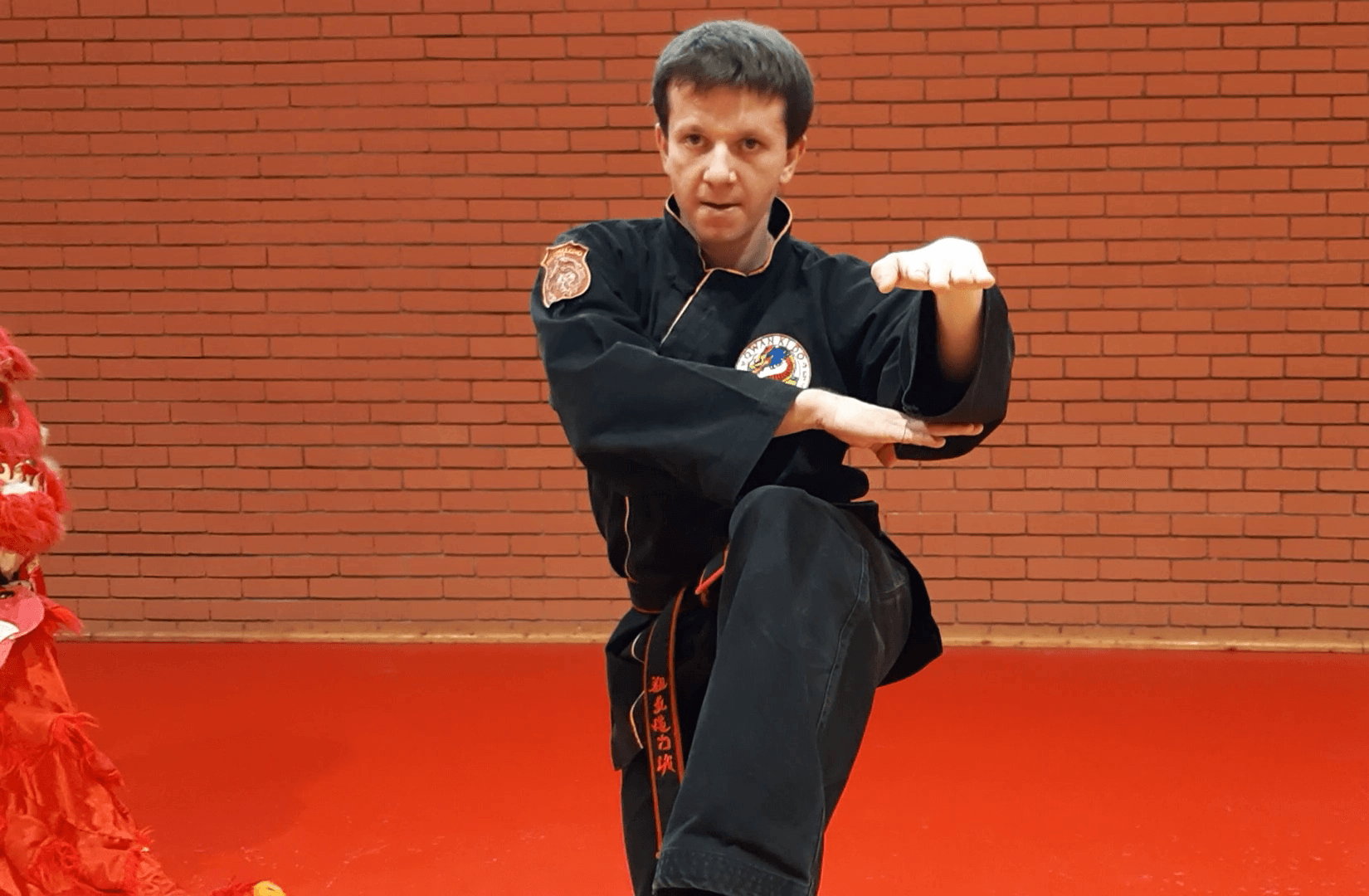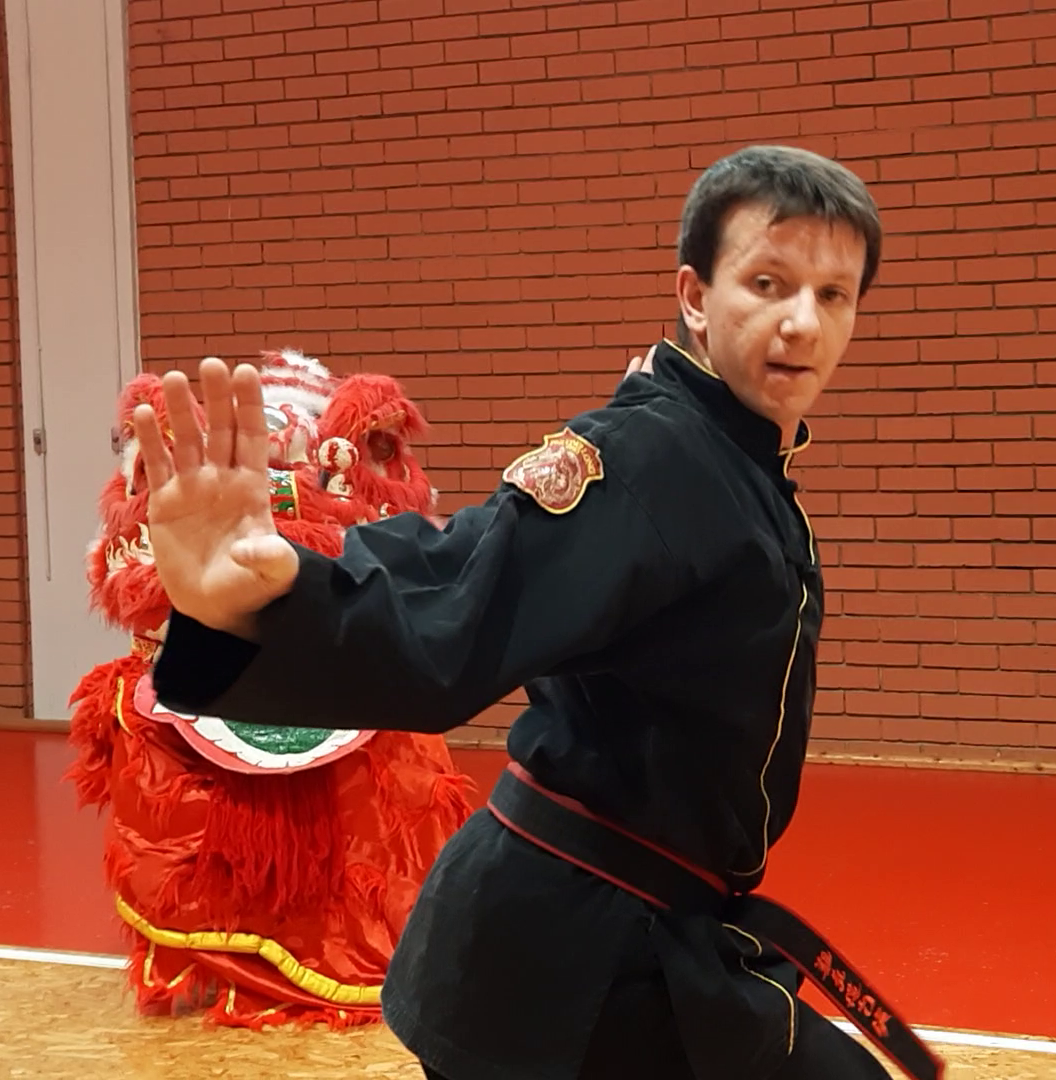QWAN KI DO / QWAN KI DO SPECIALITIES > THAO QUYEN > TRADITIONAL TECHNIQUES > ANIMALS TECHNIQUES > TRADITIONAL COMBAT > COMPETITION FIGHT > PERSONAL DEFENCE > TRADITIONAL WEAPONS > TAM THE > VU LAN
TECHNIQUES OF ANIMALS

Slide title
Scrivi qui la tua didascaliaButton
Slide title
Scrivi qui la tua didascaliaButton
Slide title
Scrivi qui la tua didascaliaButton
Slide title
Scrivi qui la tua didascaliaButton
Slide title
Scrivi qui la tua didascaliaButton
Man is the weakest of the animals. Its fighting ability is relatively low, as it has neither sharp teeth nor claws. However, man has a superior intelligence.
The ancient Taoist masters observed the movements of various animals and learned from them their basic defensive and offensive movements.
However, instead of mechanically copying these movements, they adopted their essential principles, grasping their deeper meaning behind the form.
Thus, with the adaptation of what is observed in animals to the psychophysical structure of the human being, animal techniques were born.
From the tiger, for example, which has tremendous strength in its paws, we learn to grasp. From the sinuous and lightning-fast snake, we learn to strike with great precision and at maximum speed.
In Qwan Ki Do, students learn a series of forms based on the movements of five basic animals:
- Monkey
- Tiger
- Mantide religiosa
- Tower crane
- Snake
These are the animals of the wild mountain regions where Taoist masters in ancient times retired to meditate and practice.
The shapes thus resemble to some extent the movements of animals, but it is not so much their external appearance that is important to understand as much as their essence. It is only through the practice and repeated execution of these movements that students learn to grasp their innermost meaning.
QWAN KI DO / QWAN KI DO SPECIALITIES > THAO QUYEN > TRADITIONAL TECHNIQUES > ANIMALS TECHNIQUES > TRADITIONAL COMBAT > COMPETITION FIGHT > PERSONAL DEFENCE > TRADITIONAL WEAPONS > TAM THE > VU LAN
QWAN KI DO / ANIMALS TECHNIQUES
TECHNIQUES OF ANIMALS

Slide title
Scrivi qui la tua didascaliaButton
Slide title
Scrivi qui la tua didascaliaButton
Slide title
Scrivi qui la tua didascaliaButton
Slide title
Scrivi qui la tua didascaliaButton
Slide title
Scrivi qui la tua didascaliaButton
Man is the weakest of the animals. Its fighting ability is relatively low, as it has neither sharp teeth nor claws. However, man has a superior intelligence.
The ancient Taoist masters observed the movements of various animals and learned from them their basic defensive and offensive movements.
However, instead of mechanically copying these movements, they adopted their essential principles, grasping their deeper meaning behind the form.
Thus, with the adaptation of what is observed in animals to the psychophysical structure of the human being, animal techniques were born.
From the tiger, for example, which has tremendous strength in its paws, we learn to grasp. From the sinuous and lightning-fast snake, we learn to strike with great precision and at maximum speed.
In Qwan Ki Do, students learn a series of forms based on the movements of five basic animals:
- Monkey
- Tiger
- Mantide religiosa
- Tower crane
- Snake
These are the animals of the wild mountain regions where Taoist masters in ancient times retired to meditate and practice.
The shapes thus resemble to some extent the movements of animals, but it is not so much their external appearance that is important to understand as much as their essence. It is only through the practice and repeated execution of these movements that students learn to grasp their innermost meaning.




